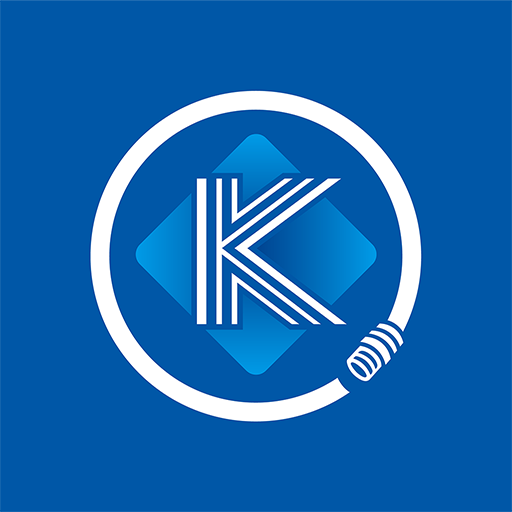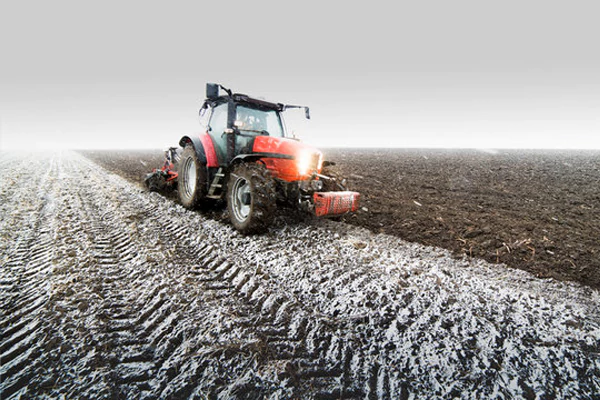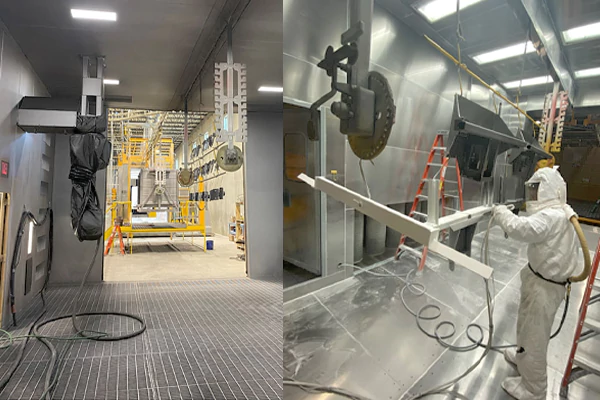The SAE J1401 standard is a cornerstone of safety and performance in the automotive industry, specifically addressing the requirements for hydraulic brake hose assemblies. Understanding this standard is crucial for anyone involved in the design, manufacturing, supply, or maintenance of vehicle braking systems. It ensures that brake hoses can reliably transmit hydraulic pressure, enabling effective and safe braking under diverse operating conditions.
This ultimate guide will delve into the intricacies of the SAE J1401 standard, providing a comprehensive overview of its key aspects. We will explore the performance specifications, rigorous testing procedures, material requirements, and essential factors to consider when selecting compliant brake hoses. Whether you’re an engineer, mechanic, or industry professional, this guide will equip you with the knowledge to navigate the complexities of SAE J1401.
What Is SAE J1401
The SAE J1401 standard is a set of performance and testing requirements established by the Society of Automotive Engineers (SAE) for hydraulic brake hose assemblies used in road vehicles. This standard specifically applies to hoses intended for use with non-petroleum-based hydraulic fluids, which are common in modern automotive braking systems. The primary goal of SAE J1401 is to ensure the safety and reliability of these critical components under the demanding conditions of vehicle operation.
What Is SAE J1401 Used for?
The SAE J1401 standard is primarily used to define the performance, testing, and material requirements for hydraulic brake hose assemblies in road vehicles that utilize non-petroleum-based hydraulic fluids.
Its main purpose is to ensure the safety and reliability of these critical components within a vehicle’s braking system. By adhering to this standard, manufacturers guarantee that their brake hoses can effectively transmit hydraulic pressure from the master cylinder to the calipers or wheel cylinders, enabling consistent and reliable braking action.
These hoses, compliant with SAE J1401, are essential for the proper functioning of hydraulic brake systems in a wide range of vehicles, including cars, trucks, motorcycles, and trailers. They provide the necessary flexible connection between the rigid brake lines and the moving parts of the braking mechanism at each wheel. The standard ensures that these hoses can withstand the high pressures, temperature variations, and environmental factors encountered during normal vehicle operation, contributing significantly to overall vehicle safety.
SAE J1401 Brake Hose Specifications
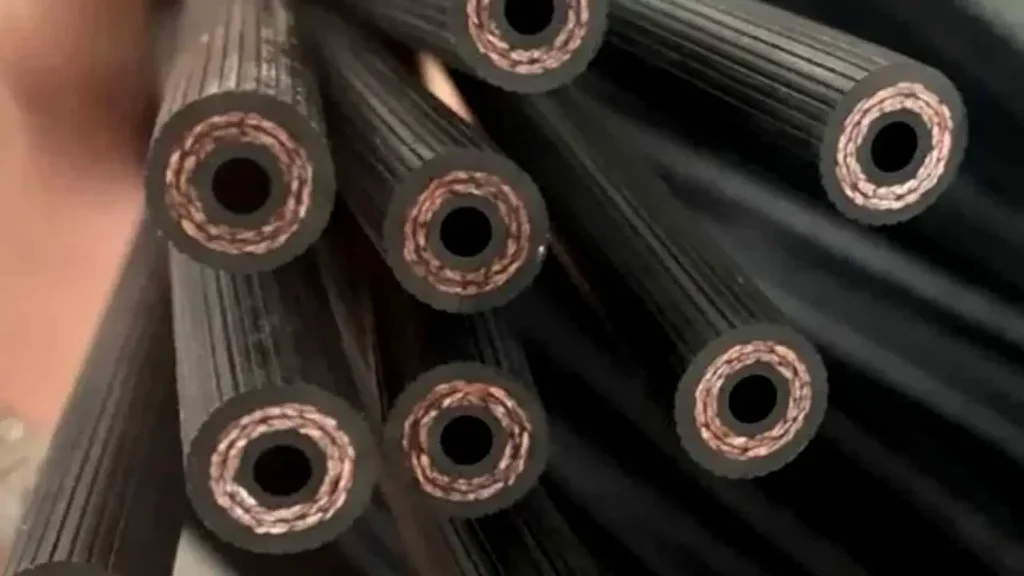
The SAE J1401 standard for hydraulic brake hose assemblies used in road vehicles with non-petroleum-based hydraulic fluids encompasses a comprehensive set of specifications to ensure safety and reliability. These specifications cover critical aspects such as the hose’s dimensional tolerances, including inner and outer diameters, which must fall within defined ranges to guarantee proper fluid flow and fitting compatibility. Furthermore, the standard mandates rigorous performance testing to evaluate the hose’s burst strength, ensuring it can withstand pressures significantly exceeding normal operating conditions, and its tensile strength, confirming its resistance to pulling forces.
In addition to mechanical strength, SAE J1401 also specifies requirements for the hose’s performance under various environmental conditions. This includes resistance to cold bending without cracking, ensuring flexibility in low temperatures, and resistance to ozone exposure, preventing degradation over time. The standard also dictates the acceptable limits for volumetric expansion under pressure, which is crucial for maintaining a firm and responsive brake pedal feel. Moreover, compatibility with standard brake fluids is rigorously tested to prevent material degradation and ensure the longevity of the hose.
To ensure traceability and compliance, SAE J1401 also outlines specific marking and identification requirements for the brake hoses. These markings typically include the manufacturer’s name or trademark, the hose size, and a designation confirming adherence to the SAE J1401 standard. This clear identification is vital for ensuring that the correct and compliant hoses are used in vehicle manufacturing and maintenance, ultimately contributing to the overall safety and performance of the vehicle’s braking system.
| Specification | Requirement |
| Inner Diameter (ID) | Within specified tolerances (e.g., 3.2mm ± 0.1mm, 4.8mm ± 0.2mm) |
| Outer Diameter (OD) | Within specified tolerances (dependent on ID) |
| Burst Strength | Minimum pressure requirement (e.g., >7000 PSI) with no seepage |
| Tensile Strength | Minimum force requirement (e.g., >1446 N) |
| Volumetric Expansion | Maximum expansion under specified pressures (e.g., <0.33 cc/ft at 1000 PSI) |
| Cold Bend | No cracking or damage after bending at low temperatures (e.g., -45°C) |
| Ozone Resistance | No cracking after exposure to specified ozone concentration and duration |
| Fluid Compatibility | No significant degradation or loss of performance after fluid exposure |
| Marking | Manufacturer, size, and “SAE J1401” clearly marked on the hose |
SAE J1401 Brake Hose
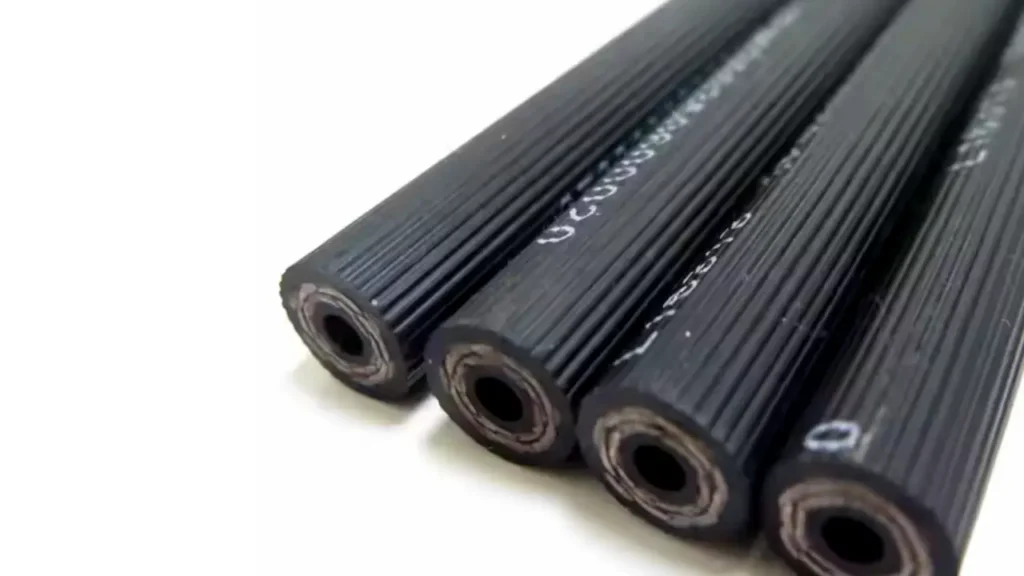
SAE J1401 brake hoses are critical components in vehicle braking systems, designed to reliably transmit hydraulic pressure from the master cylinder to the wheel cylinders or calipers. These hoses ensure that the braking force generated by the driver’s foot on the brake pedal is efficiently transferred to the braking mechanisms at each wheel, enabling the vehicle to slow down or stop effectively and safely under various driving conditions.
Hydraulic Pressure Transmission
The primary use of SAE J1401 brake hoses is to act as a flexible conduit for the hydraulic fluid within the braking system. When the brake pedal is pressed, the master cylinder pressurizes the brake fluid, and this pressure is transmitted through the brake lines and hoses to the wheel brakes. The SAE J1401 standard ensures that these hoses can withstand the high pressures generated during braking without bursting or leaking, maintaining the integrity of the hydraulic system and ensuring consistent braking performance.
Allowing for Movement and Vibration
Unlike rigid brake lines, SAE J1401 brake hoses provide the necessary flexibility to accommodate the movement of the vehicle’s suspension and steering components. As the wheels move up and down and the steering wheel is turned, the brake hoses flex and twist without impeding these movements or causing stress on the brake lines or connections. This flexibility is crucial for maintaining reliable braking performance throughout the vehicle’s range of motion and preventing damage to the braking system.
Ensuring Safety and Reliability
Adherence to the SAE J1401 standard guarantees that the brake hoses meet stringent safety and performance requirements. These hoses undergo rigorous testing for burst strength, tensile strength, cold bending, ozone resistance, and fluid compatibility. This ensures that they can withstand the harsh conditions of automotive use, providing reliable braking performance over the vehicle’s lifespan. The use of SAE J1401 certified hoses is essential for vehicle manufacturers and mechanics to ensure the safety of the braking system.
Wide Range of Vehicle Applications
SAE J1401 brake hoses are used in a wide variety of road vehicles, including passenger cars, light trucks, motorcycles, and trailers. Their standardized specifications ensure compatibility across different makes and models, making them a versatile and reliable choice for hydraulic braking systems. Whether it’s for original equipment manufacturing or aftermarket replacement, SAE J1401 certified hoses provide the necessary performance and safety for effective braking in diverse vehicle applications.
Conclusion
In conclusion, the SAE J1401 standard serves as a critical benchmark for ensuring the safety and reliability of hydraulic brake hoses in the automotive industry. Its comprehensive guidelines on performance, testing, and materials provide a framework for manufacturers and users alike to guarantee the integrity of braking systems. Understanding these specifications is paramount for selecting and implementing brake hoses that meet stringent safety requirements.
Adherence to SAE J1401 not only ensures the quality and durability of brake hoses but also contributes significantly to overall vehicle safety. By choosing compliant hoses, businesses can mitigate risks associated with brake failure and provide their customers with dependable braking solutions. This commitment to quality and safety builds trust and enhances reputation within the automotive sector.
For a wide selection of high-quality, SAE J1401 compliant hydraulic brake hoses at wholesale prices, partner with Kingdaflex. We are dedicated to providing reliable and durable hoses that meet industry standards and exceed customer expectations. Contact us today to discuss your wholesale needs and ensure your supply chain delivers top-tier braking components.

